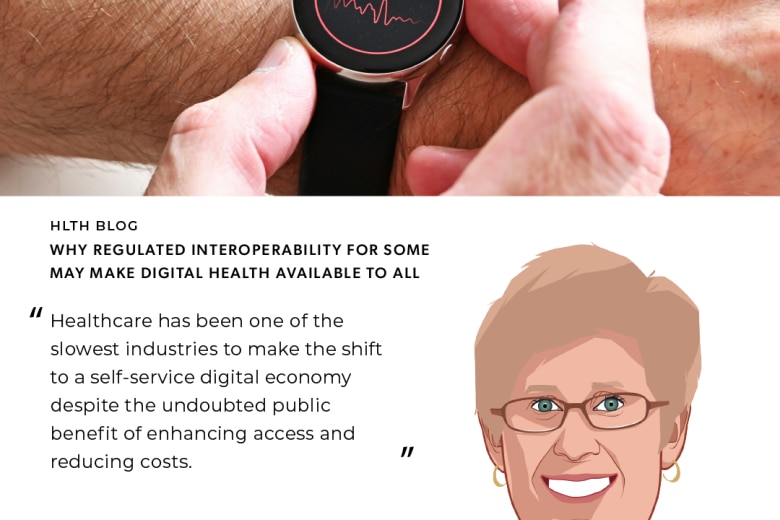The Top 3 Reasons Healthcare Organizations Are Investing in Patient Engagement
Part 2: Cost Savings through Efficiency
In my previous blog post, I discussed my participation in the Healthcare Leadership Conference at InterSystems Global Summit, where I moderated discussions focused on personalized care and patient engagement. With a variety of organizations and executives offering their unique experiences and perspectives, three common rationales for investing in patient engagement stood out. The first was paving the way for success in the new world of value-based care. The second addresses a fundamental business need: greater efficiency and the cost savings it provides.
Ever had a restaurant or hair salon call to confirm your reservation? About 52 percent of healthcare providers use multiple methods of patient outreach—such as phone (still the most popular), text, and email—to remind patients of upcoming appointments. Whether they are operating under a fee-for-service or a performance-based payment structure, it pays to keep expensive human resources productive. Missed patient appointments are a nationwide problem, with one study at an urban clinic finding that approximately 42 percent of healthcare appointments result in no-shows. Costs can be significant; for example, a missed surgery consultation can cost a health system as much as $500, plus the potential loss of the cost of the surgery itself. In aggregate, this can quickly add up to millions of dollars per year.
Supporting medication adherence is also a popular reason to invest in patient engagement tools, including text-based reminders. According to conference participants, it’s important to link the technology to a real human being, such as a nurse, who can look at patient data as it comes in, and reach out directly to the patient as needed. Medication adherence can improve outcomes and boost profits for pharmaceutical companies, as well as for some healthcare providers.
Finally, some health systems have saved money by engaging patients in filling out forms and/or making appointments online, which can help them to cut down on administrative costs. While such functions may not sound inherently compelling for patients, Ken Riley, Director of Patient and Population Health Technologies at Baystate Health noted that he believes we can learn a lot from other industries about how to make digital interactions “sticky,” for example by using video and gamification. It’s also important to note that technology can increase efficiency and cost savings for patients as well as providers. Many patients would prefer a telehealth consult to skipping work or school or undertaking onerous travel, and everyone wins when a form filled out online eliminates the need to fill out and process the same information multiple times in paper.
In my final post in this series, we’ll explore the third rationale that is driving healthcare organizations to invest in patient engagement, in addition to the common challenges providers face in engaging patients and what keeps them driving forward. Stay tuned!
Read Part 1: Paving the Way for Value-Based Care
Read Part 3: Marketing and Customer Retention
About the Author

Lygeia Ricciardi (@Lygeia)
Lygeia Ricciardi is an expert in digital health and patient engagement. She is the president of Clear Voice Consulting, LLC. Previously, she established and led the Office of Consumer eHealth at ONC at the US Department of Health & Human Services.






































